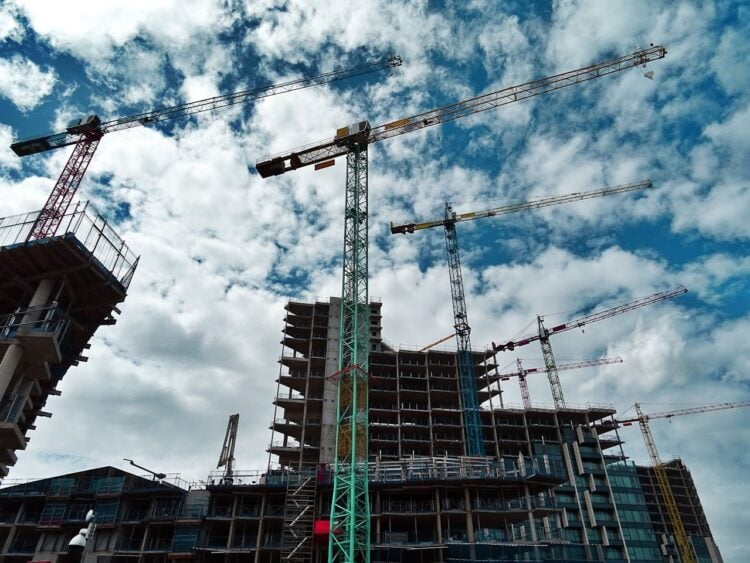Southeast Asia's construction industry faces a growing wave of cyber threats. The industry, a key driver of economic progress in the region with an expected compound annual growth rate (CAGR) of 6.2% from 2024 to 2028 , is seeing an increase in malicious activity targeting its Industrial Control Systems (ICS), according to Kaspersky.
In Singapore, the construction sector is projected to see a total construction demand of between S$47 billion and S$53 billion in 2025 , fueled by digital technologies like Artificial Intelligence and automation. However, this digital transformation has a darker side, with a rise in cyber risks that can impact efficiency and project timelines.
Kaspersky's Q1 2025 data for SEA reveals a concerning trend: a higher percentage of ICS computers in the construction and manufacturing sectors are being targeted by malicious objects. Compared to global averages, the construction sector is 1.5 times more likely to have ICS computers blocked by malicious objects.
Manufacturing (1.3 times higher), building automation (1.2 times higher), electric power (1.2 times higher), and engineering/ICS integrators (1.2 times higher) also face elevated risks. Overall, Southeast Asia ranks second globally, with 29.1% of ICS computers experiencing blocked malicious objects.

"While digitalisation accelerates the construction supply chain and enhances monitoring," notes Adrian Hia, Managing Director for Asia Pacific at Kaspersky. "It also introduces a balance between risks and opportunities."
He emphasises the need for businesses to comprehensively mitigate threats by strengthening their layers of protection and resilience.
Expert recommendations:
- Regular security assessments: Conduct thorough assessments of OT systems to identify and eliminate potential cybersecurity issues.
- Continuous vulnerability assessment: Establish ongoing assessment and triage processes as a foundation for effective vulnerability management. Solutions like Kaspersky Industrial CyberSecurity can provide unique, actionable information.
- Timely updates: Implement timely updates for key components of the OT network, applying security fixes and patches to prevent major incidents.
- EDR solutions: Use endpoint detection and response (EDR) solutions like Kaspersky Next EDR Expert to detect sophisticated threats, investigate incidents, and remediate effectively.
- Skills development: Improve incident response by building and strengthening teams' skills in prevention, detection, and response through dedicated OT security training.
In an era where digital industrial devices are increasingly vulnerable due to outdated security measures and reliance on inexpensive network equipment, it is crucial to revise cybersecurity measures for legacy technologies.
Cybersecurity should be viewed as an investment in business continuity and trust, not just a cost, ensuring a safer and more sustainable digital future for the construction industry.



